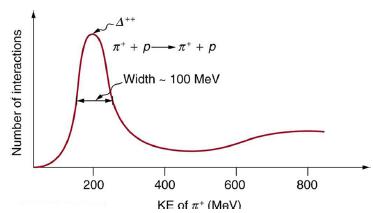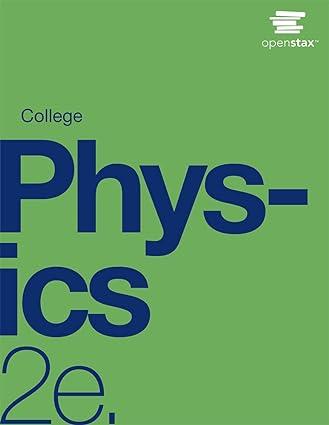Accelerators such as the Triangle Universities Meson Facility (TRIUMF) in British Columbia produce secondary beams of pions
Question:
Accelerators such as the Triangle Universities Meson Facility (TRIUMF) in British Columbia produce secondary beams of pions by having an intense primary proton beam strike a target. Such “meson factories” have been used for many years to study the interaction of pions with nuclei and, hence, the strong nuclear force. One reaction that occurs is ![]() where the Δ++ is a very short-lived particle. The graph in Figure 33.26 shows the probability of this reaction as a function of energy. The width of the bump is the uncertainty in energy due to the short lifetime of the Δ++ .
where the Δ++ is a very short-lived particle. The graph in Figure 33.26 shows the probability of this reaction as a function of energy. The width of the bump is the uncertainty in energy due to the short lifetime of the Δ++ .
(a) Find this lifetime.
(b) Verify from the quark composition of the particles that this reaction annihilates and then re-creates a d quark and a d̅ antiquark by writing the reaction and decay in terms of quarks.
(c) Draw a Feynman diagram of the production and decay of the Δ++ showing the individual quarks involved.
Step by Step Answer:






